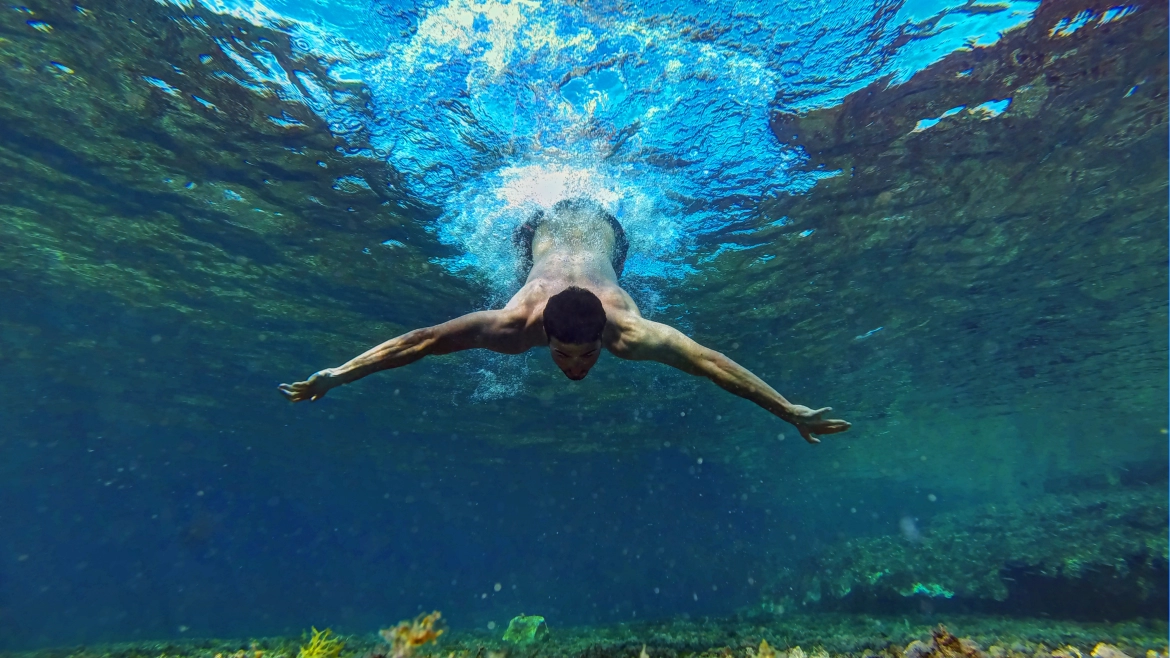Have you ever considered diving into Costa Rica’s incredible underwater world? With so many dive spots, how do you pick the perfect one?
You may be asking yourself, “Where do I start? Or which spots are the most epic? And what marine life will I find?”
This is where we step in. At Bill Beard’s Costa Rica, we’re your partners in your diving adventures. With years of exploration under our belts, we’re here to share insights, recommendations, and expert advice to make your dive experience exceptional.
Keep reading our 2024 dive report to make your dive planning a breeze.
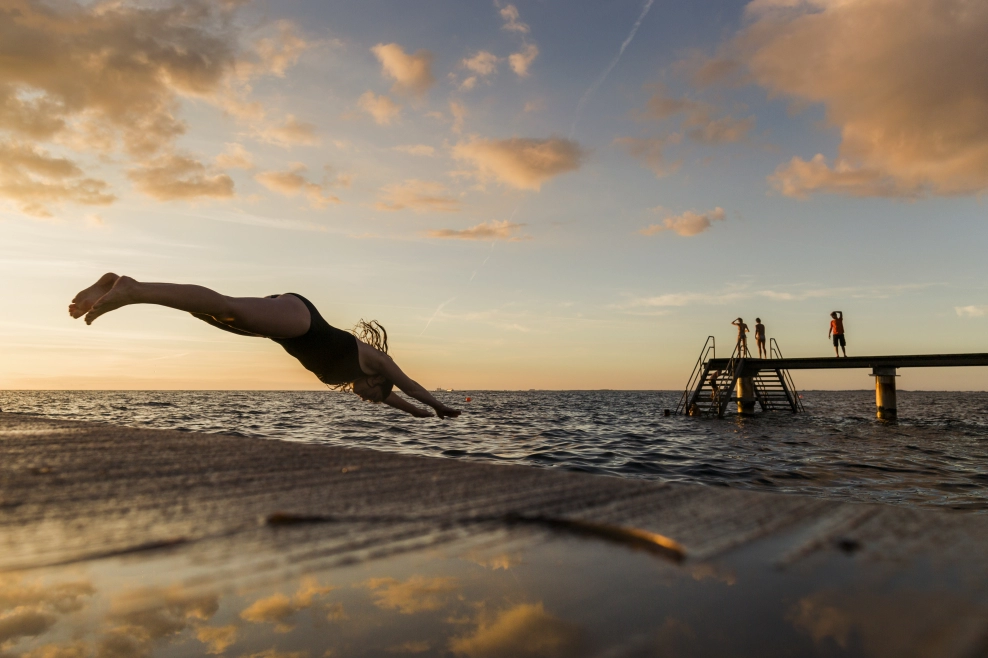
What Makes Costa Rica the Perfect Place for Diving?
Costa Rica’s appeal to divers is undeniable, and its name, “Rich Coast,” captures the abundance of marine wonders hidden beneath its waves.
Along its Pacific coast, offshore islands offer encounters with sharks and manta rays. These remote islands are a playground for divers of all levels, and you’ll have the opportunity to mingle with pelagic giants like humpback whales and mantas.
Moreover, in the southern part of Costa Rica’s Pacific Coast, a protected biological reserve ensures the underwater world stays clear and bustling with life.
Here, boulders and pinnacles decorate the ocean floor, creating the perfect setting for unforgettable dives. The sheltered nature of these reefs makes them ideal for beginners because they provide a safe and accessible introduction to the wonders of the underwater world.
Costa Rica’s aquatic wonders aren’t limited to just its Pacific shores. Explore the Caribbean coast, and you’ll uncover a different underwater paradise.
Vibrant coral reefs are home to many marine life, including colorful tropical fish and elusive seahorses.
Discovering both coasts gives you a complete picture of Costa Rica’s stunning beauty above and below the waterline.
Top Costa Rica Dive Sites You Can’t Miss
The best dive sites are located off the northwest and southwest Pacific Coasts on nearby islands such as Bats, Catalina, Cano Islands, and the far offshore Cocos Islands. Here, breathtaking displays of marine life are unsurpassed. A prolific amount of marine life is seen year-round on all islands.
Most mainland diving is within a 20-minute boat ride in the Gulf of Papagayo. There are only a few spots where divers tend to go long-range to see specific marine life: the Bat Islands, home to massive bull sharks, and Catalina Islands, where giant Manta Rays arrive with polar currents.
In the Southwest Pacific, Cano Island is 30 minutes offshore from Drake Bay, and Cocos Islands are 36 hours Southwest of Puntarenas, Costa Rica, by liveaboard boats.
The best time to see orcas, humpback & pilot whales in Costa Rica is December to March and August to December. This is due to the migration patterns of the humpback whales, of which Northern and Southern Hemisphere whales pass through Costa Rica.
Cocos Island
Situated 500 km (340 miles) off the western coast of Costa Rica, Cocos Island stands as a world-renowned diving destination.
This volcanic island boasts an underwater landscape characterized by towering pinnacles, steep reef walls, and nutrient-rich upwellings, drawing in many aquatic species.
Considering that the currents can be strong, the dive sites are typically deep, and the island is remote, it is a destination best suited for experienced divers. This island is only accessible by liveaboard.
Marine life
Some species you might spot include schools of scalloped hammerheads and Galapagos sharks, whale sharks, and oceanic manta rays.
Dive conditions
The water temperature at Cocos Island typically varies between 26°C to 29°C (79°F to 84°F.)
Dive sites you need to check out
- Bajo Alcyone
- Dirty Rock
- Manuelita Coral Garden
- Submerged Rock
- Punta Maria
Cocos Island 10-Day Trip Highlights
Dive sites Manuelita and Small Dos Amigos are overwhelming with hammerheads, Galapagos, and tiger sharks.
Dirty Rock’s best actions tend to be unexpected. We have witnessed aggregations of over a hundred hammerheads in a cloud and a massive school of jacks!
At Punta Maria, we’ve seen Galapagos sharks using the cleaning station, plus white tips at the pinnacle. Rest assured that you’ll see plenty of marine life here.
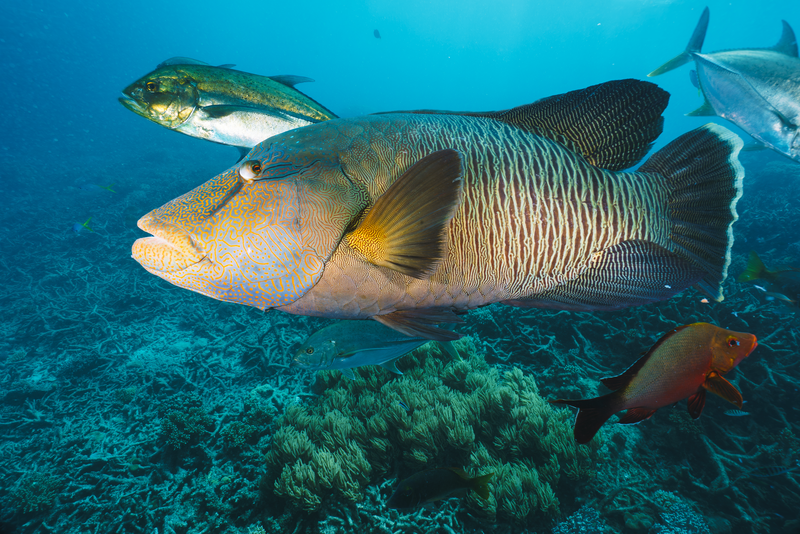
Isla del Cano
Located 16 km northwest of the Osa Peninsula, Isla del Caño is a biological reserve and houses the last surviving coral reef along Costa Rica’s Pacific Coast.
Despite its stunning beauty, the waters surrounding Caño Island are often overlooked by the scuba diving community. But we assure you that a visit here will not be regretted.
Furthermore, we advise you to book in advance to secure your spot due to limited visitor capacity.
Marine life
White tip reef sharks, rays, turtles, and vibrant coral reefs await you. Manta rays are visible between late December and early March.
Dive conditions
The water temperature at Caño Island typically ranges from 22°C to 28°C (72°F to 82°F).
Dive sites you need to check out
- El Diablo
- Coral Gardens
- Lighthouse
Isla del Cano Trip Highlights
Diving around Isla del Caño is like stepping into an underwater wonderland surrounded by pinnacles and canyons waiting to be explored. And the best part? You can swim alongside fish, white-tip reef sharks, turtles, and rays.
But what steals the show are the corals; there are up to 19 different types!
As you dive deeper, you’re greeted by crimson red sponges stretching across the seabed. And keep your eyes peeled for smaller clusters of coral in shades of red, yellow, and gray.
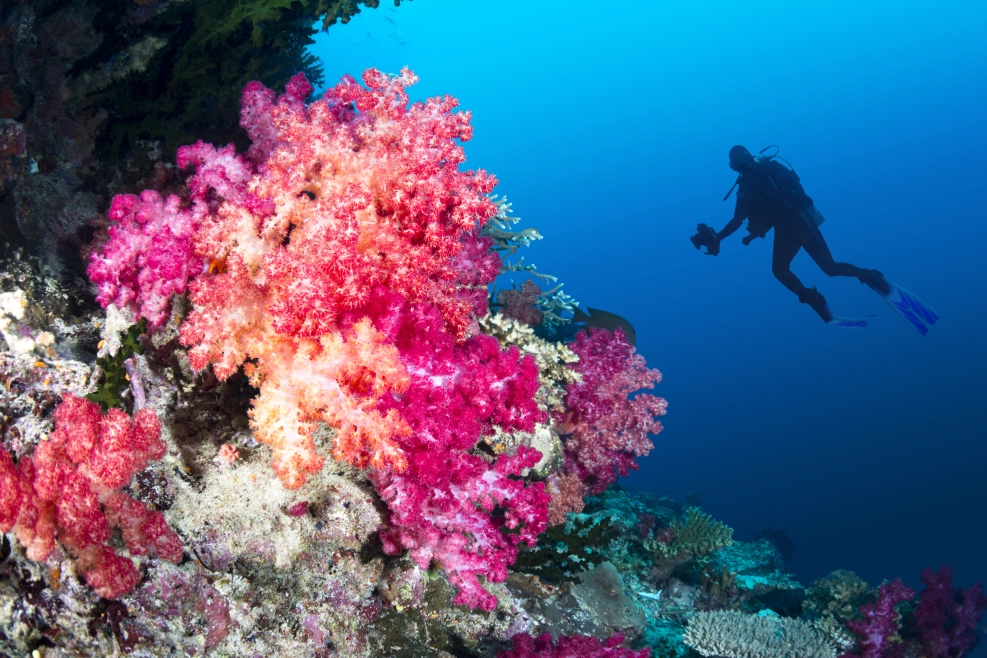
Bat Islands
Bat Island, also known as Isla Murciélago, sits in the Guanacaste region of northwestern Costa Rica.
It’s less than a two-hour boat ride from Playas del Coco, and the most popular dive site is “the Big Scare.”
Marine life
Bull sharks, schools of fish, eagle rays, and occasionally manta rays.
Dive conditions
At Bat Island, the water temperature typically varies between 24°C to 26°C (75°F to 79°F).
Dive sites you need to check out
- The Big Scare
- Bajo Negro
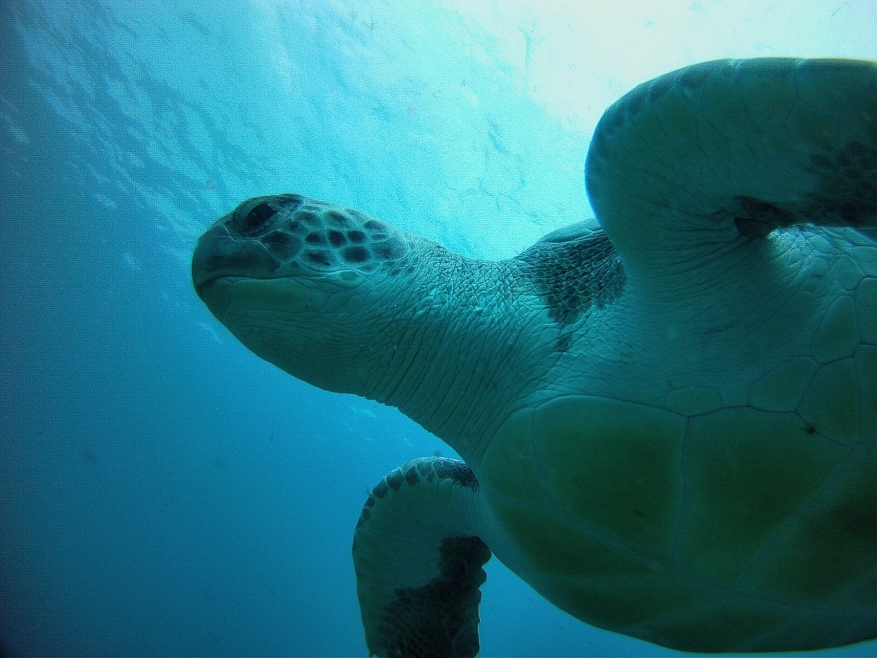
Catalina Islands
The Catalina Islands are a cluster of 20 rocky isles off the coast, renowned for their majestic giant manta rays on the waters year-round. However, their peak sighting typically occurs between November and May.
Marine life
Depending on the site you visit, you may spot oceanic mantas, white-tip sharks, rays, colorful fish, king angelfish, surgeonfish, and barberfish.
Dive conditions
The water temperature fluctuates between a refreshing 18°C to a balmy 27°C (64°F to 81°F).
Dive sites you need to check out
- Catalina Grande
- La Pared or the Wall
- Roca Sucia or Dirty Rock
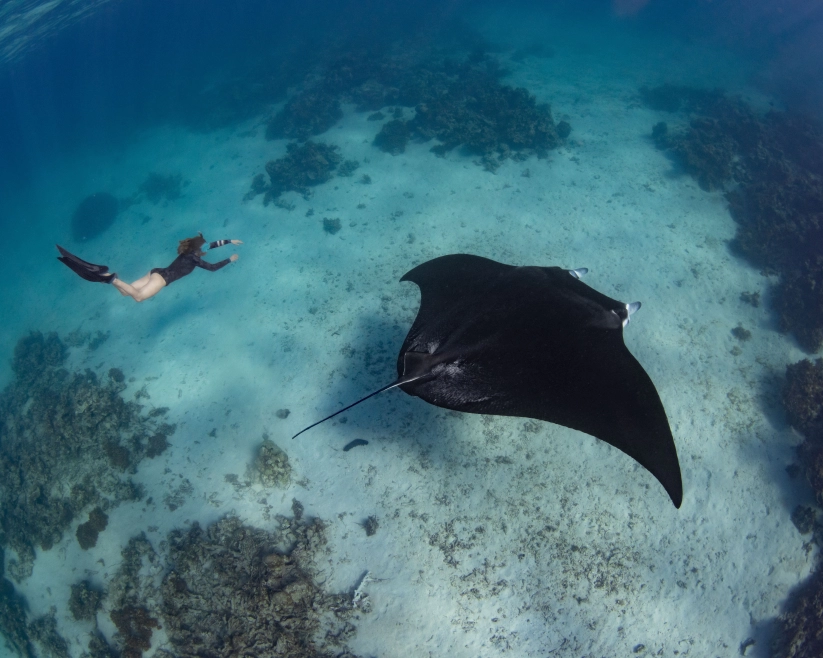
Expert Tips and Must-Know Safety Advice
- Carry a surface marker buoy and make sure you know how to use it effectively.
- Consider investing in a Nautilus Lifeline, a GPS device that can prevent you from being swept away by strong currents, especially in Cocos Island and other Pacific sites.
- Have well-maintained dive gear, or rent the proper equipment from your dive operator.
- Use reef-safe sunscreen to protect yourself from the sun’s harmful rays and minimize your impact on the delicate marine ecosystem.
Dive into Costa Rica’s Best Sites with Bill Beard’s Costa Rica
Diving in Costa Rican waters offers an unparalleled adventure for divers of all levels. With expert tips and essential safety advice in mind, you’ll be ready to explore coral reefs and encounter diverse marine life.
At Bill Beard’s Costa Rica, we tailor dive experiences to your skill level, ensuring a safe and memorable vacation.
Extend your adventure with our Cocos Island Pre- & Post-Tours, and ask about our Open Water Dive Certification course.
Dive into adventure with us and emerge a better diver. Contact our team at Bill Beard’s Costa Rica now to book your Costa Rica dive vacation!

